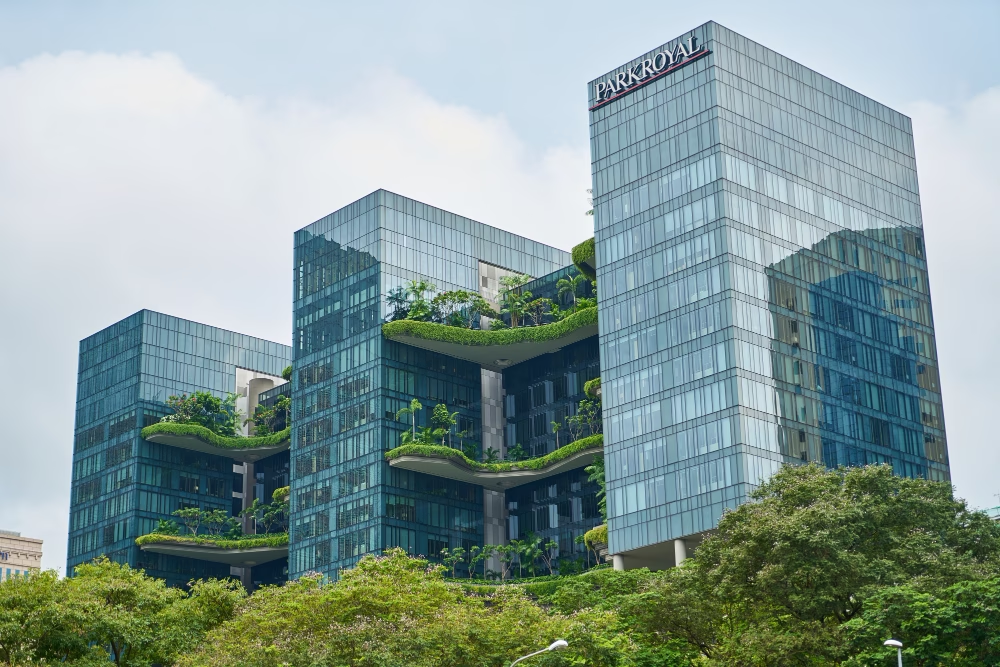
Urban Design Services That Meet Australian Green Building Standards
Discover how urban design services help meet Australian green building standards. Learn how Smart Planning and Design supports sustainable, compliant projects.
read more

Cities worldwide are grappling with the dual pressures of population growth and limited space, making parking a critical pain point for residents and visitors. Traditional parking systems, reliant on static pricing and manual management, often exacerbate congestion, pollution, and driver frustration. Smart planning and design are emerging as game-changers, leveraging technology to create efficient, adaptable parking ecosystems that prioritize both convenience and sustainability.
Smart planning integrates data analytics, IoT sensors, and urban design principles to optimize parking availability. Cities like Amsterdam and Los Angeles now use real-time occupancy data from embedded pavement sensors to guide drivers via mobile apps, reducing time spent circling for spots by up to 30%. This approach not only cuts emissions but also informs long-term infrastructure decisions, such as adjusting parking zone sizes or repurposing underused lots for green spaces.
Dynamic pricing tools further enhance efficiency. By adjusting parking fees based on demand, time of day, and location, cities can discourage congestion in high-traffic areas while encouraging off-peak usage. For example, San Francisco’s SFpark program reduced parking search times by 43% by implementing variable rates.
Modern parking apps act as digital co-pilots, offering features like pre-booking, contactless payments, and EV charging station integration. Barcelona’s “ApparkB” allows drivers to reserve spots in advance, while Stockholm’s “EasyPark” uses AI to predict availability during events. These tools empower users while providing planners with invaluable data to refine traffic flow and land-use policies.
Critics argue that dynamic pricing could disadvantage low-income drivers. However, smart planning can incorporate equity measures, such as discounted rates for residents or income-based fee tiers. Portland’s “Parking Benefit Districts” reinvest parking revenue into local infrastructure improvements, ensuring benefits are shared community-wide.
Autonomous vehicles and shared mobility are poised to reshape parking needs further. Forward-thinking cities are already designing flexible parking structures that can transition into hubs for e-scooters, delivery robots, or micro-libraries. By embedding adaptability into urban design, planners ensure parking infrastructure remains relevant amid rapid technological shifts.

Discover how urban design services help meet Australian green building standards. Learn how Smart Planning and Design supports sustainable, compliant projects.
read more

Discover the benefits of mixed-use developments in town planning Australia. Learn how they boost convenience, sustainability, and community connection.
read more

Discover why feasibility studies are essential in town planning Australia. Learn how they save time, reduce risks, and improve approval chances.
read more